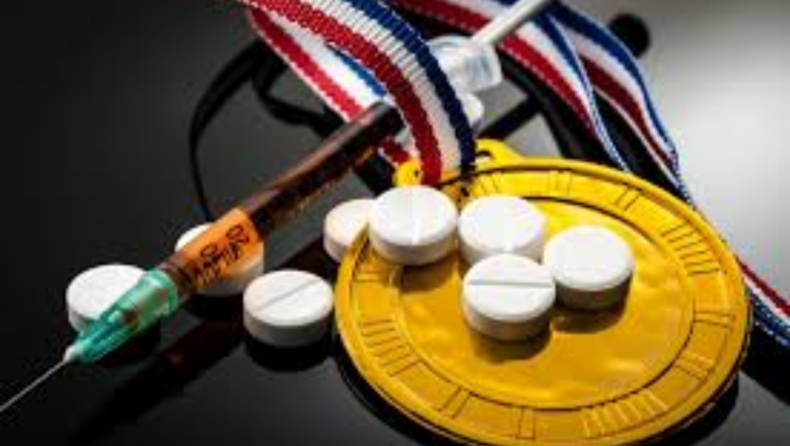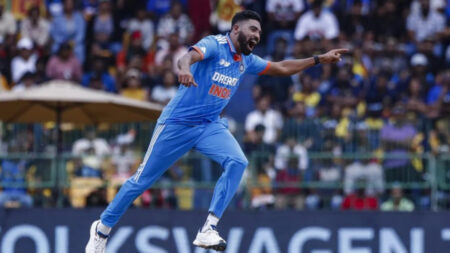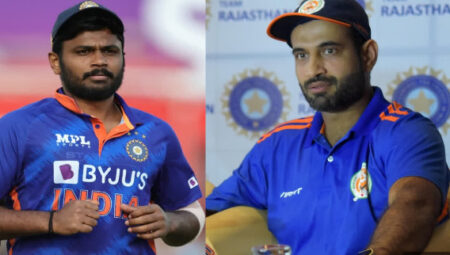Doping, or using illegal substances to enhance a player’s performance in a particular sport, has long been a thorn in the side of professional sports. Many high-profile cases of doping have emerged in the past few decades, including that of the legendary former cyclist Lance Armstrong who was stripped of many of his titles after admitting to doping.
All the bodies that govern national and international sports take it very seriously, and strict measures are put into place to ensure that no athlete has an unfair advantage over their fellow competitors. If caught, one tends to lose many things, including their career, dignity and the right to participate in future.
However, the world of sports still has several people who would risk all that and throw away everything they have gained through sweat and blood just for the sake of gaining glory. In India, an anti-doping bill was introduced in the Parliament less than a week ago, and yet we have once again ranked third on the list of doping violators.
In 2019 the World Anti-Doping Agency reported that India had scored a mind-blowing 152 violations, which placed it just behind Russia and Italy. Quite ironically, the number of Olympic medals won is considerably lesser than the number of athletes caught doping. In 2016 alone, India won just two medals but came 6th with regard to doping violations.
I do not mean to demean any of the hardworking sportspeople who put in a lot of hard work and effort to represent India at an international level but then, the embarrassingly high number of people who also flout rules and shame us cannot be disregarded as well.
The initiative against doping in the country itself has a two-pronged interpretation. Some feel the authorities are not doing enough to curb violations while others tend to look at it from a more glass-half-full kind of approach; the very fact that such a large number of perpetrators are being caught is proof that the anti-doping efforts have only been ratcheted up in all the states and are being taken seriously.
Performance-enhancing drugs are a global phenomenon; needless to say, they are brewed up and sold by black marketers round the clock for hefty sums of money to athletes of all shapes and stripes, though there is also an argument that those from developed countries often use advanced technology to escape detection.
The National Anti-Doping Agency introduced the Athlete Biological Passport in 2019, which now monitors certain stipulated parameters of the country’s top athletes to find out if they have used or are using performance-enhancing drugs, a step which has been lauded for being pathbreaking.
According to the NADA, the number of dopers has fallen quite steeply ever since the passport was introduced. However, the situation on the ground is rather different.
Sports is a big deal in India. Notice how quickly Neeraj Chopra became a heartthrob of millions since his record-breaking javelin throw in this year’s Olympics, which also won us a gold medal. Overnight those who did not even watch sports much turned into javelin aficionados and his name, even today, is a byword at almost every Indian home. This is also the case for every other sportsperson.
Win accolades, bring home glory and medals, and you will see your life-changing drastically. Many athletes in Uttar Pradesh, Bihar, Haryana and Jharkhand often hail from economically challenged families and getting all the perks of a stellar sportsperson is often a strong motive for them to employ unsavory means to achieve that position.
Thus, as long as there is a chance at glory, the race between dopers and anti-doping agencies will go on













